Peanuts have long been a beloved snack for people around the world. The crunchy texture and nutty flavor make them a popular choice for snacking or incorporating into various dishes. In Spanish, peanuts are known as “cacahuetes,” and they play a significant role in the culinary traditions of Spanish-speaking countries. From savory dishes to sweet treats, peanuts are a versatile ingredient that adds depth and flavor to a wide range of recipes. One of the most iconic ways to enjoy peanuts in Spanish cuisine is in the form of “tapas.” Tapas are small, flavorful dishes that are typically served alongside drinks at bars and restaurants in Spain. Peanuts are often seasoned with a variety of herbs and spices to create a delicious and satisfying snack to enjoy with a cold beer or glass of wine. Some popular tapas featuring peanuts include “cacahuetes fritos” (fried peanuts) and “cacahuetes al ajillo” (garlic peanuts). In addition to being a tasty snack on their own, peanuts are also used in many traditional Spanish dishes to add flavor and texture. One classic recipe that features peanuts is “pollo con cacahuetes,” which is a peanut chicken stew that is rich and hearty. The combination of tender chicken, aromatic spices, and crunchy peanuts creates a dish that is both comforting and satisfying.
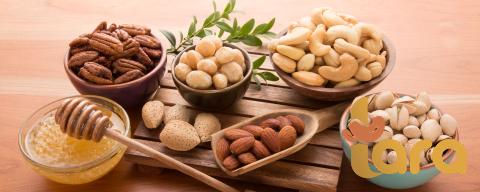
.
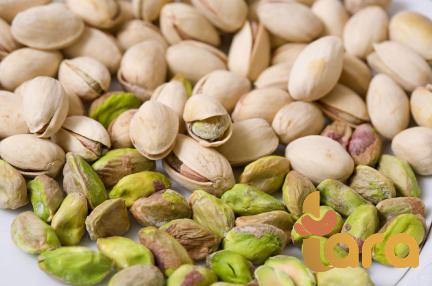 Another popular dish that highlights the versatility of peanuts is “sopa de cacahuetes,” a peanut soup that is creamy and full of flavor. Peanuts are not only used in savory dishes in Spanish cuisine but also in a variety of sweet treats. One beloved dessert that features peanuts is “turrón de cacahuetes,” a traditional Spanish nougat made from honey, sugar, and roasted peanuts. The sweet and nutty flavor of the peanuts pairs perfectly with the chewy texture of the nougat, creating a dessert that is both indulgent and satisfying. Peanuts are also commonly used in cookies, cakes, and other baked goods to add a crunchy texture and nutty flavor. In addition to their culinary uses, peanuts are also a nutritious and healthy snack option. Peanuts are a good source of protein, fiber, and healthy fats, making them a satisfying snack that can help keep you full and energized throughout the day. They also contain vitamins and minerals such as vitamin E, magnesium, and zinc, which are important for overall health and well-being. Incorporating peanuts into your diet can help support a healthy lifestyle and provide you with essential nutrients that your body needs. When shopping for peanuts in Spanish-speaking countries, you can find them in a variety of forms, including raw, roasted, salted, and flavored. Roasted peanuts are a popular choice for snacking, as they have a rich, toasty flavor that complements the natural sweetness of the nut. Salted peanuts are another common option, offering a satisfying combination of salty and savory flavors. Flavored peanuts, such as those seasoned with chili, garlic, or herbs, provide a unique twist on traditional snacking options.
Another popular dish that highlights the versatility of peanuts is “sopa de cacahuetes,” a peanut soup that is creamy and full of flavor. Peanuts are not only used in savory dishes in Spanish cuisine but also in a variety of sweet treats. One beloved dessert that features peanuts is “turrón de cacahuetes,” a traditional Spanish nougat made from honey, sugar, and roasted peanuts. The sweet and nutty flavor of the peanuts pairs perfectly with the chewy texture of the nougat, creating a dessert that is both indulgent and satisfying. Peanuts are also commonly used in cookies, cakes, and other baked goods to add a crunchy texture and nutty flavor. In addition to their culinary uses, peanuts are also a nutritious and healthy snack option. Peanuts are a good source of protein, fiber, and healthy fats, making them a satisfying snack that can help keep you full and energized throughout the day. They also contain vitamins and minerals such as vitamin E, magnesium, and zinc, which are important for overall health and well-being. Incorporating peanuts into your diet can help support a healthy lifestyle and provide you with essential nutrients that your body needs. When shopping for peanuts in Spanish-speaking countries, you can find them in a variety of forms, including raw, roasted, salted, and flavored. Roasted peanuts are a popular choice for snacking, as they have a rich, toasty flavor that complements the natural sweetness of the nut. Salted peanuts are another common option, offering a satisfying combination of salty and savory flavors. Flavored peanuts, such as those seasoned with chili, garlic, or herbs, provide a unique twist on traditional snacking options.
..
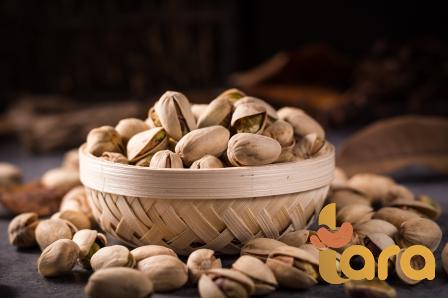 In conclusion, peanuts are a versatile and flavorful ingredient that plays a significant role in Spanish cuisine. Whether enjoyed as a savory snack, incorporated into traditional dishes, or used in sweet treats, peanuts add a delicious and satisfying element to a wide range of recipes. With their nutritional benefits and delicious flavor, it’s no wonder that peanuts are a beloved ingredient in Spanish-speaking countries. So go ahead, indulge in the crunchy goodness of cacahuetes and experience the rich culinary heritage of Spanish cuisine. The popularity of peanuts in Spanish cuisine extends beyond just the flavor and texture they bring to dishes. Peanuts also hold cultural significance in many Spanish-speaking countries, where they are used in traditional celebrations and festivals. For example, in Mexico, peanuts are a key ingredient in the preparation of “mole,” a rich and complex sauce that is often served during special occasions such as weddings, birthdays, and holidays. In addition to their culinary uses, peanuts have also found their way into the world of art and literature in Spanish-speaking countries. Artists and writers have drawn inspiration from the humble peanut, using its shape, texture, and flavor to create works that reflect the cultural richness of the regions where peanuts are grown and enjoyed. Whether depicted in paintings, sculptures, or poetry, peanuts serve as a symbol of tradition, creativity, and connection to the land. Moreover, the production of peanuts in Spanish-speaking countries contributes to the local economy and supports the livelihoods of many farmers and workers. Peanuts are grown in diverse regions across Latin America and Spain, where they thrive in warm climates and fertile soils.
In conclusion, peanuts are a versatile and flavorful ingredient that plays a significant role in Spanish cuisine. Whether enjoyed as a savory snack, incorporated into traditional dishes, or used in sweet treats, peanuts add a delicious and satisfying element to a wide range of recipes. With their nutritional benefits and delicious flavor, it’s no wonder that peanuts are a beloved ingredient in Spanish-speaking countries. So go ahead, indulge in the crunchy goodness of cacahuetes and experience the rich culinary heritage of Spanish cuisine. The popularity of peanuts in Spanish cuisine extends beyond just the flavor and texture they bring to dishes. Peanuts also hold cultural significance in many Spanish-speaking countries, where they are used in traditional celebrations and festivals. For example, in Mexico, peanuts are a key ingredient in the preparation of “mole,” a rich and complex sauce that is often served during special occasions such as weddings, birthdays, and holidays. In addition to their culinary uses, peanuts have also found their way into the world of art and literature in Spanish-speaking countries. Artists and writers have drawn inspiration from the humble peanut, using its shape, texture, and flavor to create works that reflect the cultural richness of the regions where peanuts are grown and enjoyed. Whether depicted in paintings, sculptures, or poetry, peanuts serve as a symbol of tradition, creativity, and connection to the land. Moreover, the production of peanuts in Spanish-speaking countries contributes to the local economy and supports the livelihoods of many farmers and workers. Peanuts are grown in diverse regions across Latin America and Spain, where they thrive in warm climates and fertile soils.
…
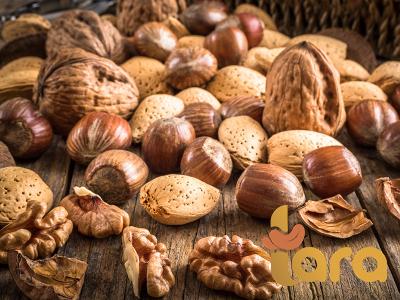 The cultivation of peanuts provides employment opportunities for people in rural communities, helping to sustain agricultural traditions and promote economic development. From the fields where they are grown to the tables where they are shared, peanuts play a vital role in the cultural heritage and gastronomic traditions of Spanish-speaking countries. Whether enjoyed as a simple snack, a flavorful ingredient in savory dishes, or a sweet indulgence in desserts, peanuts offer a versatile and delicious way to experience the rich flavors and textures of Spanish cuisine. In conclusion, peanuts in Spanish, or “cacahuetes,” are a cornerstone of the culinary landscape in Spanish-speaking countries. Their crunchy texture, nutty flavor, and versatile nature make them a beloved ingredient that is used in a wide variety of dishes, from savory tapas to sweet desserts. Beyond their culinary uses, peanuts hold cultural significance and economic value, contributing to the local traditions and livelihoods of people in regions where they are grown. So, the next time you have the opportunity to enjoy peanuts in Spanish cuisine, savor the flavors, textures, and cultural richness they bring to the table. Whether you’re snacking on roasted peanuts, savoring a peanut-infused stew, or indulging in a sweet treat made with peanuts, you’re experiencing a taste of the vibrant culinary heritage of Spanish-speaking countries. Embrace the versatility and richness of cacahuetes, and let them take you on a flavorful journey through the diverse and vibrant world of Spanish cuisine.
The cultivation of peanuts provides employment opportunities for people in rural communities, helping to sustain agricultural traditions and promote economic development. From the fields where they are grown to the tables where they are shared, peanuts play a vital role in the cultural heritage and gastronomic traditions of Spanish-speaking countries. Whether enjoyed as a simple snack, a flavorful ingredient in savory dishes, or a sweet indulgence in desserts, peanuts offer a versatile and delicious way to experience the rich flavors and textures of Spanish cuisine. In conclusion, peanuts in Spanish, or “cacahuetes,” are a cornerstone of the culinary landscape in Spanish-speaking countries. Their crunchy texture, nutty flavor, and versatile nature make them a beloved ingredient that is used in a wide variety of dishes, from savory tapas to sweet desserts. Beyond their culinary uses, peanuts hold cultural significance and economic value, contributing to the local traditions and livelihoods of people in regions where they are grown. So, the next time you have the opportunity to enjoy peanuts in Spanish cuisine, savor the flavors, textures, and cultural richness they bring to the table. Whether you’re snacking on roasted peanuts, savoring a peanut-infused stew, or indulging in a sweet treat made with peanuts, you’re experiencing a taste of the vibrant culinary heritage of Spanish-speaking countries. Embrace the versatility and richness of cacahuetes, and let them take you on a flavorful journey through the diverse and vibrant world of Spanish cuisine.

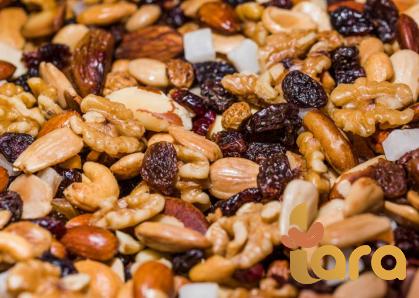
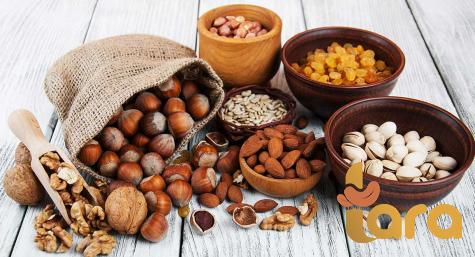
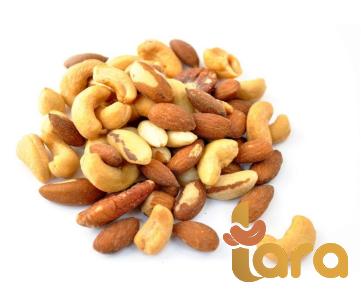
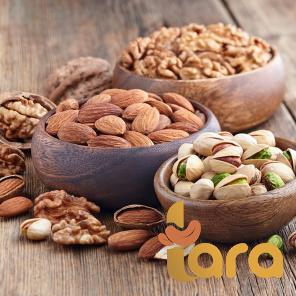
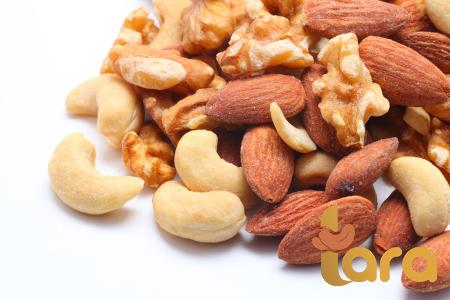
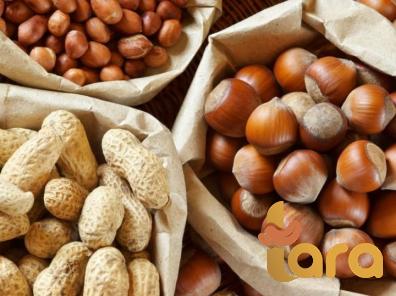
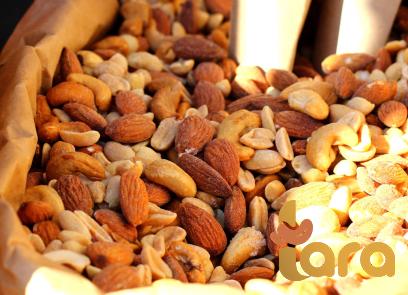

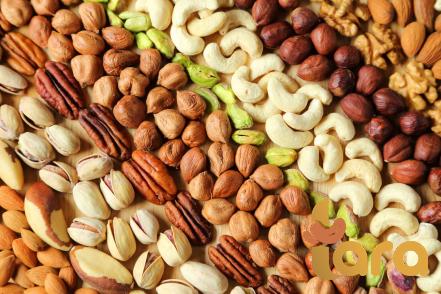
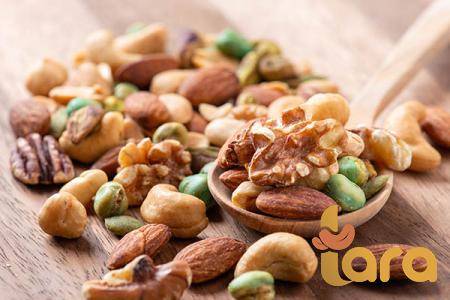
Your comment submitted.